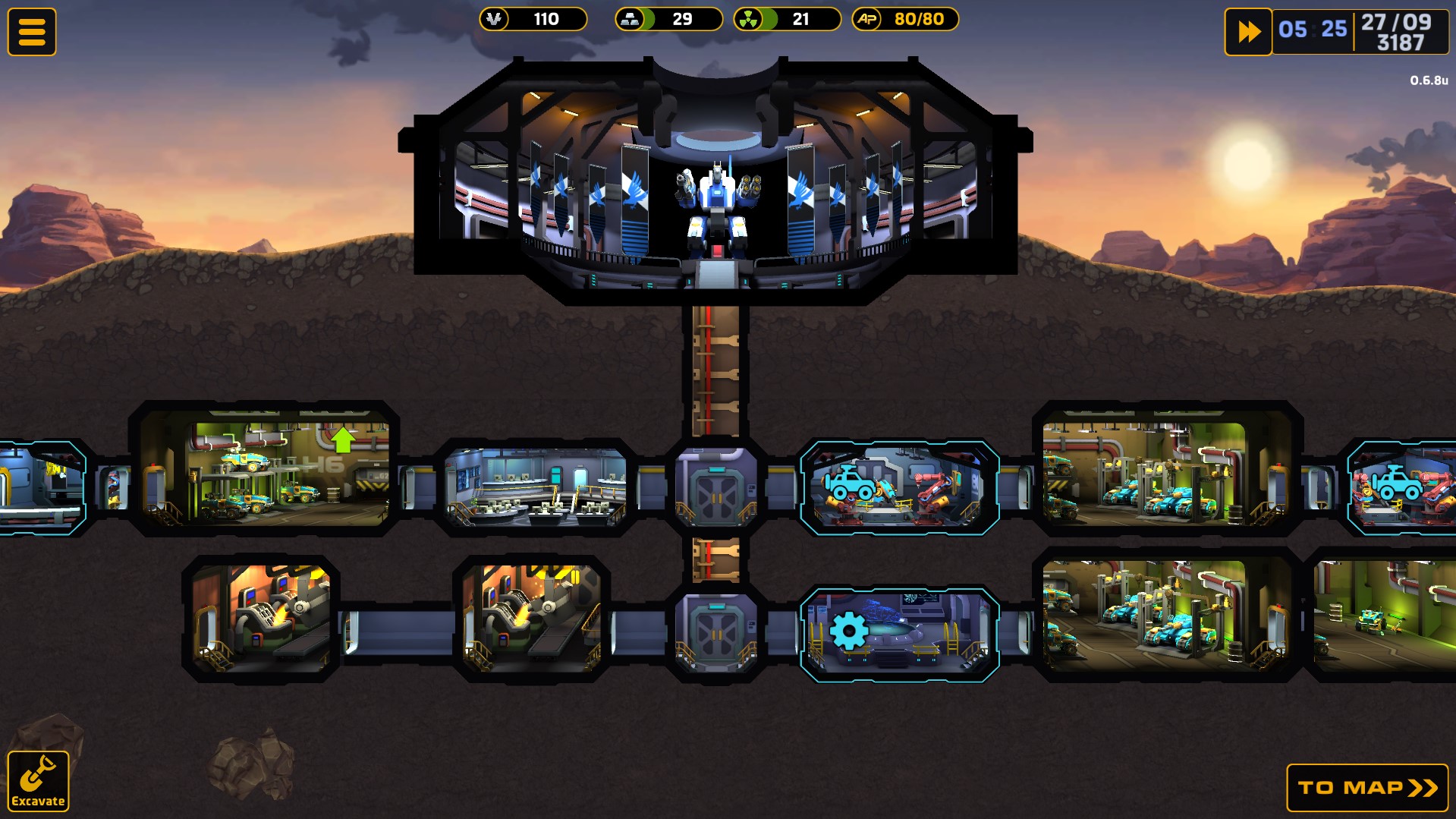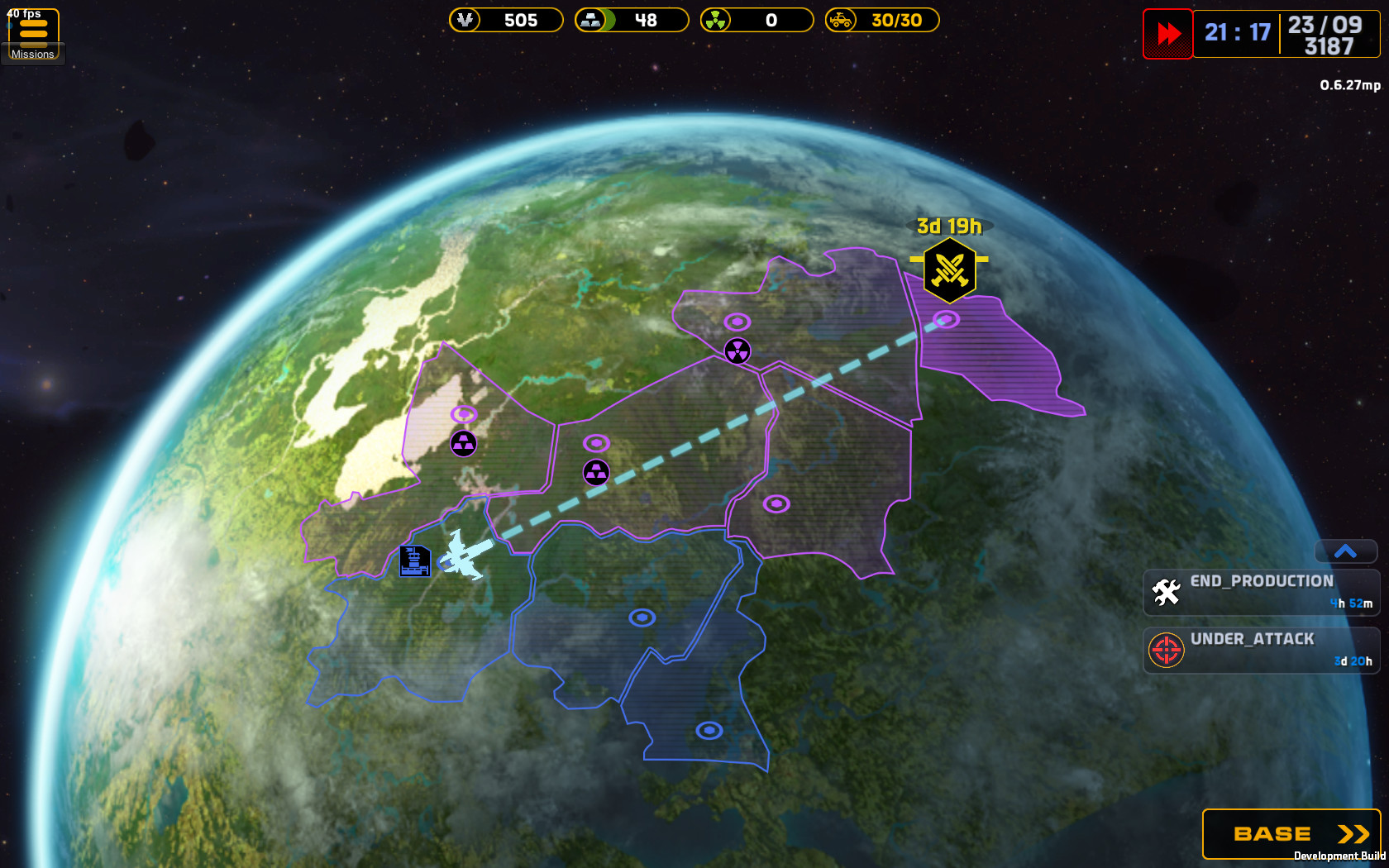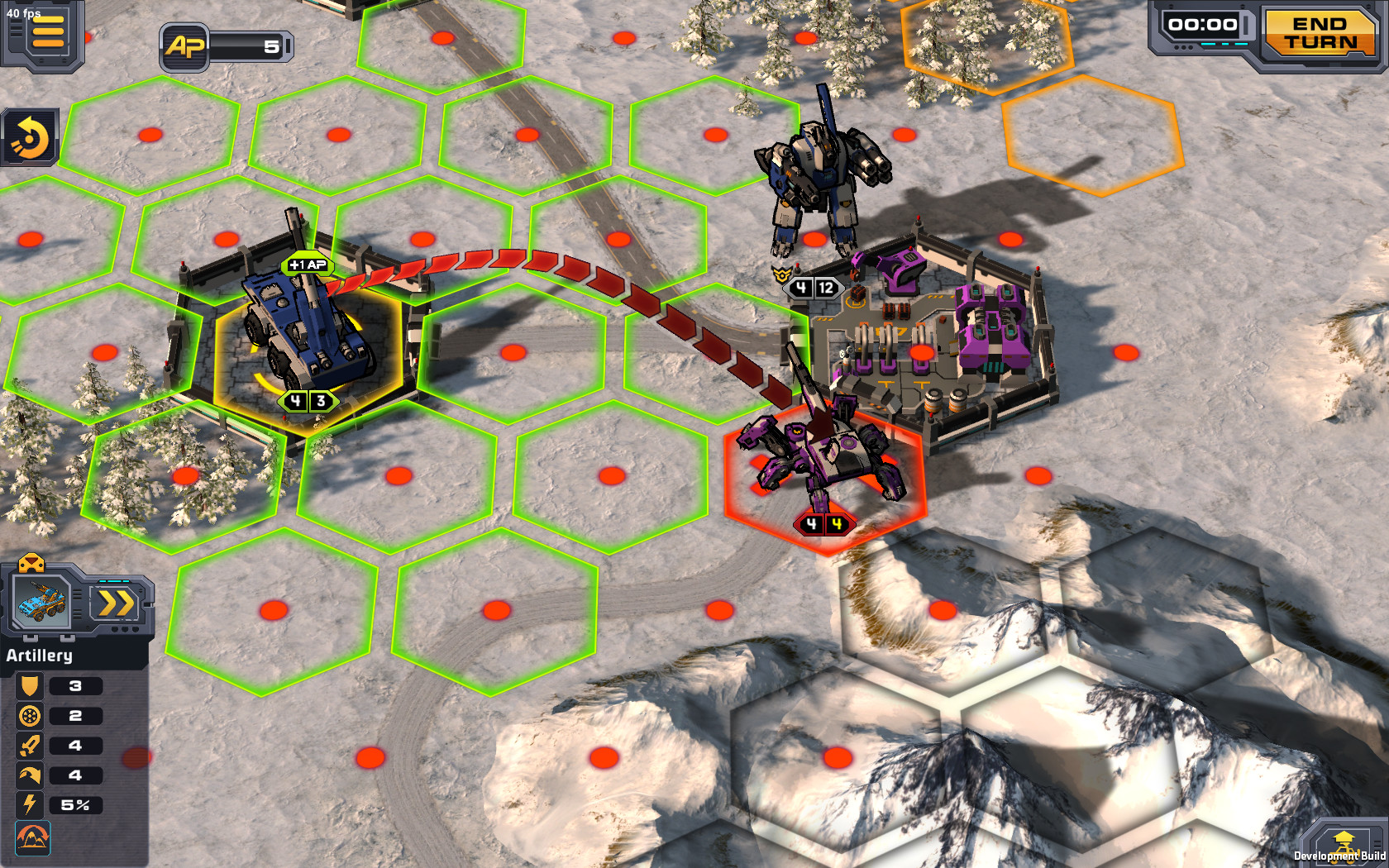This summer, the Codex of Victory wargame from the Russian team Ino-Co, the authors of the Code of War and the Warlok series, was released to “Early Access” on Steam. We talked about the fate of the project with the general director of the studio Alexey Kozyrev.

Hi! I want to congratulate you – albeit a little late – on the release and immediately ask how it happened that you returned to where you started – to wargames? Why didn’t they develop the theme with 4X after Warlock 2?

Hello and thank you! Of course, this is not a real release yet, only “Early Access” on Steam. Work on the project is in full swing. This release is planned towards the end of the year.
Why wargame? Any 4x project requires much more content and work than a wargame. We simply would not have enough of our own funds for development. We did Warlock 1 and 2 with funding from the publisher Paradox Interactive.
Why did they decide to publish without Paradox, she seems to have helped well with Warlock, and even now, as far as I know, she is actively looking for projects.
We have a new IP and a niche game – few publishers are ready to take on projects with such a combination of disadvantages that complicate marketing and promotion. So Paradox Interactive didn’t want to. But we have never published games on the Steam platform ourselves before and decided to try it. Now we feel how difficult it really is to promote such games now. We get valuable experience.
While they haven’t run far, don’t you think that the market is experiencing a renaissance of turn-based strategies for the first time in twenty years (and, by the way, the almost complete extinction of RTS)? How do you feel about this interest and how can you explain it?
I have a theory that for a long time there were few such games and they were frankly not enough. Many games (especially indie) have been made for several years, and [many] were started or conceived just in the wake of such a shortage. Now there really are relatively many turn-based games coming out, there is even some oversaturation of the market. But this is not bad, because turn-based strategies are very variable and each studio makes such a game in its own way. It develops the genre. As for RTS, at some point they were reborn into more popular MOBA, where the genre received a new development, and everything is fine there.

Among turn-based strategies, wargames have their own rather narrow niche. Is Codex of Victory going to expand it? How, thanks to which chips?
Expand your niche? We have no special ambitions with this project. Firaxis copes with this perfectly with XCOM series games. But we are experimenting with game mechanics and trying to overcome some of the old “diseases” of the genre, such as excessive use of saving/loading in battle and loading when any unit is lost.
The battles themselves are quite short and intense, individual units are not pumped, the whole type of units is improved on the base at once, and equipment can be completed between missions. Usually a player does not lose anything irreplaceable in battle and the main thing [for him] is victory. You can also save progress now only between missions.
But Codex of Victory is not just a wargame, is it? You decided to take ideas from the latest XCOM. Did it add a lot of headaches?
Rather from the penultimate. Yes, each new game mode is a lot of work, but we are happy with what an underground base we have turned out. It performs the functions of an interactive interface for building and improving units, and also perfectly complements turn-based battles, giving the player to see and feel the increase in their power. But the mode of interplanetary flights was not even originally planned and appeared already during development.

In the next update there will already be several planets, each with its own characteristics. Most of the work and time was, of course, invested in the mechanics of turn-based combat. We started designing and testing it from paper prototypes, but even then, already at the stage of the computer version, we redid it several times.
If we talk about the workflow, how many people and how long have been preparing the project for release within the framework of “Early Access”?
Almost 4 months have passed since the decision to enter “Early Access” and before the launch. We wanted to release an incomplete, but stable and interesting game and were ready to spend time on it. A whole year has passed since the beginning of work on the game. The development is led by a team of eight people. At some points, there are more people, but I don’t remember there being fewer, except for the earliest stages of prototyping.
Despite the fact that the game was released on Steam as a premium project, the interface and some mechanics (for example, the constant need to speed up events) suggest that during development you also plan to run the game on mobile as a freeplay. Is this so (if so, why Steam first anyway)?
Regarding the interface, this probably affects the experience of several previous mobile projects that use touchscreen control.
As for the game mechanics – here you are probably wrong. We can accelerate not events, but global time. This is found in many PC games, such as XCOM, Majesty, SimCity and others, but I don’t recall a single example of such mechanics in mobile F2P, where acceleration goes to individual events, an upgrade of a new house, for example.
Perhaps this is not really felt in the first episode, but in the future, game time planning will become an important element of inter-mission gameplay.

It takes time to get your army to the right point, and enemies left unattended will not sit idly by. As I have already said, the player will have to act on three planets at once, and it will be more efficient to complete several missions in a row on each of them in order to save time on interplanetary flights.
By the way, returning to the topic of mobile games, we have already heard from players several times that it would be cool to see this game on tablets. So after the game is released on Steam, we will consider this possibility.
Graphically, the game is very similar to your Tank ON 2 mobile project. Have you used one schedule to reduce costs or pursued other goals (perhaps marketing)?
Of course, the same artist worked, and the setting is close. Maybe that’s the point. But I wouldn’t say that the games are very similar graphically. Codex of Victory turned out to be much more beautiful and elaborated in terms of style and integrity of the picture. TankON 2 cannot boast of this. We sometimes use graphic materials several times in our projects to reduce costs, but this is not the case.
Codex of Victory is already well played, although there are questions about the UI, there are bugs, there are nuances that are unusual for fans of the genre. The question is, what is not in the game, what are you planning to add to the game and how long will you keep it in early access?
The game does not yet have several important game mechanics, such as a looser campaign structure, a separate interface for improving the hero’s robot (mech), loading / unloading an army into a spaceship, and some others that are not so significant. And there is also a lack of a large number of missions, maps, modules and units.

Moving between different planets and the final save/load system is planned in the next update, as are several new missions and enemies.
Despite the fact that there is still a lot of work ahead, we do not intend to stay in Early Access for a long time and plan to release the game by the end of this year.
The last question concerns the price. Why $9.99, and in Russia it’s almost 269 rubles at all. Aren’t you afraid to get cheap?
Later, closer to the release date, we plan to gradually raise the price. But while the game is in “Early Access” and we are trying to keep it as accessible as possible so that it is easier to assemble a community.
Having paid for “Early Access”, players do not get the whole game at once in the final quality, and naturally, many are not ready to pay a high price for a “pig in a poke”. At the same time, at this stage we are ready to communicate with the players and listen to their comments and wishes, but for this we need players. Without a strong brand and without a publisher behind us, we can only make the price attractive enough for our audience to be willing to risk this money.
Thanks for the interview!
